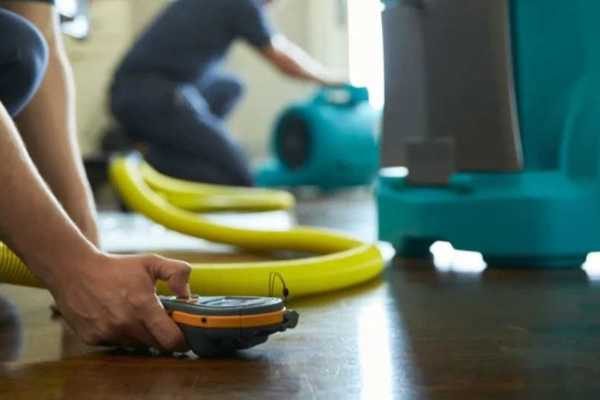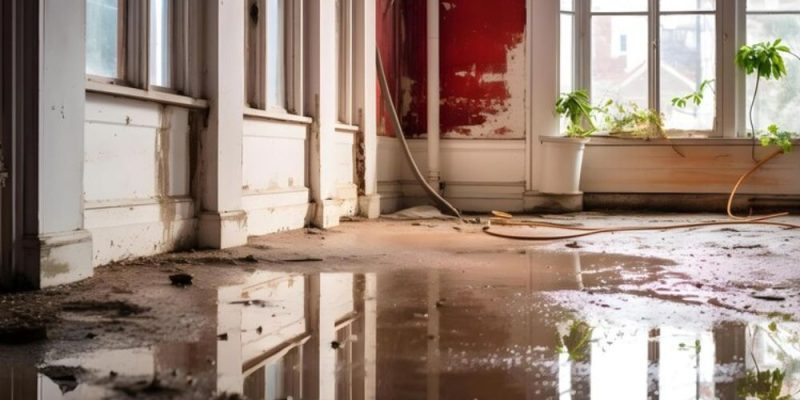Water damage can occur unexpectedly, turning a once peaceful ng home into a chaotic and potentially hazardous environment. Understanding the techniques and equipment used in water damage restoration is essential for ensuring an effective and efficient recovery process.
Using industrial-grade air movers, dehumidifiers, and moisture detection tools speeds up the drying process, minimizing further damage and reducing downtime.Advanced moisture monitoring and dehumidification help prevent mold growth, structural weakening, and long-term damage to property and belongings.Thermal imaging cameras and hygrometers allow water damage services to identify hidden moisture pockets that may not be visible to the naked eye, ensuring a more thorough restoration.Utilizing antimicrobial treatments and air scrubbers eliminates harmful bacteria, mold spores, and contaminants, creating a safer living environment.Accurate documentation through moisture readings and assessment reports provides clear evidence for insurance claims, making the process smoother and more transparent.
While advanced equipment and techniques may involve higher upfront costs, they significantly reduce long-term repair expenses by preventing further deterioration and future water damage issues.
Rapid Response and Assessment
A swift response is crucial to successful water damage restoration. Professional restoration teams offer 24/7 emergency services to arrive promptly at the scene. The first step involves a comprehensive damage assessment using advanced tools such as moisture meters, thermal imaging cameras, and hygrometers. These tools help identify hidden moisture pockets behind walls, under flooring, and in other hard-to-reach areas, forming the basis of an effective restoration plan.
State-of-the-Art Drying Techniques

Drying is a critical phase in the restoration process. Industrial-grade air movers, dehumidifiers, and drying mats are used to remove excess moisture efficiently. Professionals strategically place these devices to optimize airflow and reduce drying time, preventing further damage and reducing the risk of mold growth.
Efficient Water Extraction
Removing standing water quickly is essential to minimize structural damage and prevent mold infestation. Restoration professionals use high-capacity extraction equipment, including submersible pumps, wet vacuums, and truck-mounted extraction units. These tools facilitate the rapid removal of water, preserving structural integrity and salvaging belongings whenever possible.
Advanced Dehumidification
Controlling humidity levels is crucial to preventing long-term damage. Industrial-strength dehumidifiers are strategically positioned to extract excess moisture from the air, maintaining a controlled environment. Technicians continuously monitor humidity levels to ensure they reach the optimal range for efficient drying and mold prevention.
Moisture Monitoring and Documentation
Throughout the restoration process, professionals utilize state-of-the-art moisture monitoring equipment to track progress. Regular moisture level assessments—including initial and post-restoration readings—are documented. This ensures transparency, aids in insurance claims, and confirms the effectiveness of the restoration efforts.
Sanitization and Restoration
Once drying is complete, the focus shifts to sanitization and restoration. Industrial-strength antimicrobial agents eliminate mold spores and bacteria. Specialized equipment, such as air scrubbers, improves air quality by removing contaminants. The final step involves repairing or replacing damaged structural elements and belongings to restore the space to its pre-damage condition.
Conclusion
Effective water damage restoration relies on cutting-edge techniques and specialized equipment. Rapid response, thorough assessment, advanced drying methods, and meticulous monitoring are key components of a successful restoration process. If you experience water damage, do not hesitate to contact professional restoration services. Water damage restoration services have experienced teams ensuring a swift recovery while preventing long-term issues in your home.

Comments